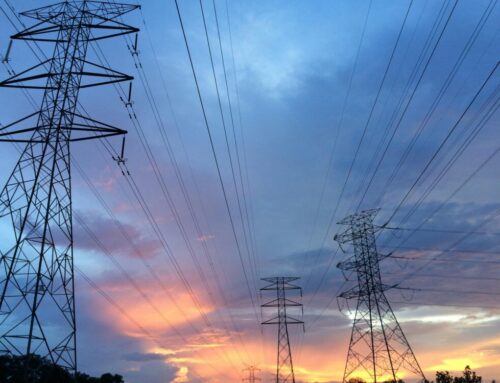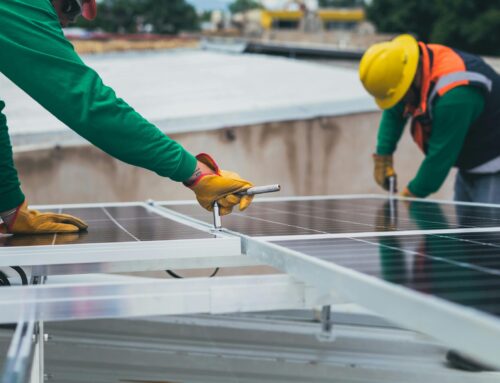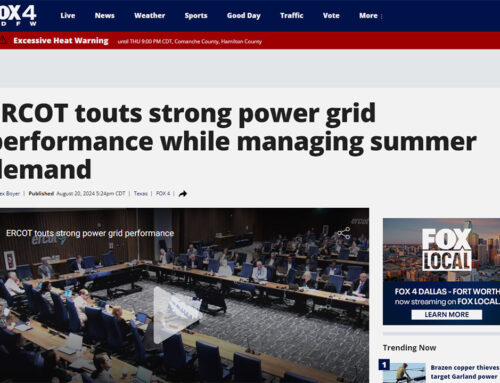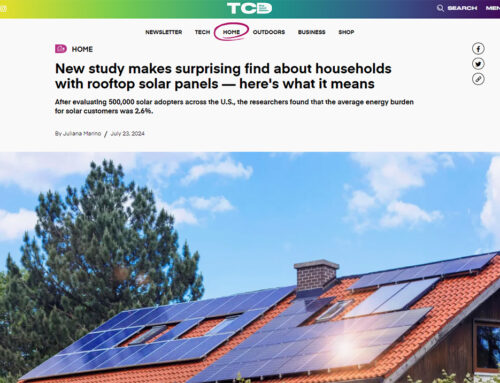Article by Leslie Sattler, published on
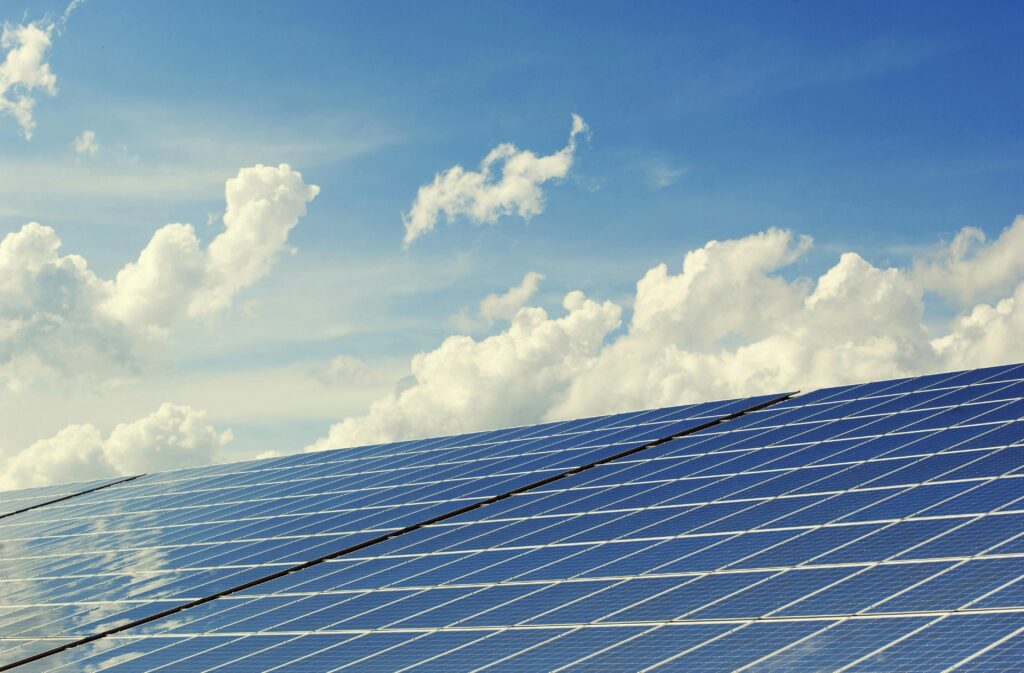
Home batteries are changing how we power our homes, offering a cleaner alternative to traditional backup generators, according to energy experts at CNET.
These intelligent energy systems do much more than keep your lights on during blackouts. They can also lower your monthly power bills.
Today’s home batteries can store power when it’s cheap and use it when rates are high, saving you serious money. They’re especially useful if your electric company charges “time-of-use rates,” which can double your costs during peak hours.
The beauty is in the simplicity. Most modern batteries come with built-in technology that handles everything automatically. Your installer will program in your utility’s rate structure, and the battery does the rest — storing energy when it’s affordable and powering your home when grid electricity gets expensive.
Pairing a battery with solar panels creates an even more powerful money-saving system. Instead of letting excess solar energy go to waste, your battery stores it for later use. This setup is particularly valuable in states like California, Georgia, Hawaiʻi, and Tennessee, where utilities pay less for the extra solar energy you send to the grid.
Going solar remains one of the most innovative ways to save money on home energy while slashing pollution. Consider exploring EnergySage’s free tools to get solar installation estimates and compare quotes from different providers.
You might want to join a Virtual Power Plant for even more savings. By enrolling your battery in these utility-managed programs, you can receive compensation when your battery helps support the power grid. If you participate, many utilities will even pay for part of your battery purchase.
The best part? You’ll still have backup power during outages. Even when using your battery to save money, you can reserve a portion of its capacity for emergencies. According to a recent study, homeowner motivations for buying batteries are evenly split: 33% want utility bill savings, 29% aim to reduce grid dependence, and 28% need backup power during outages.
Read the original article here.

